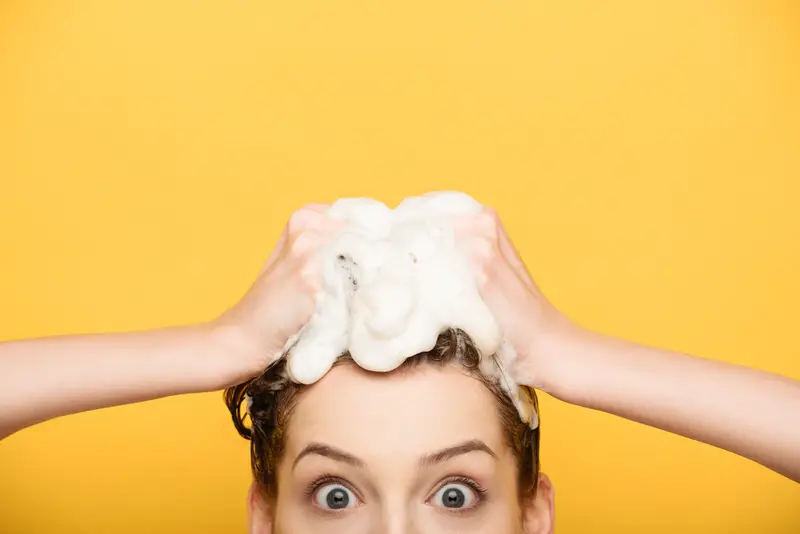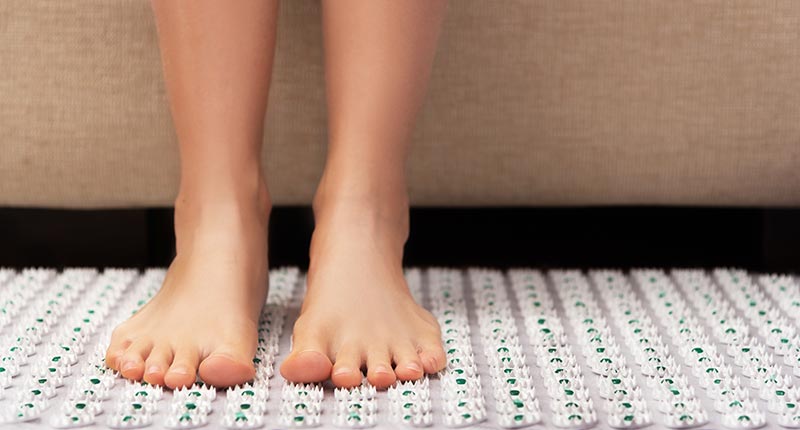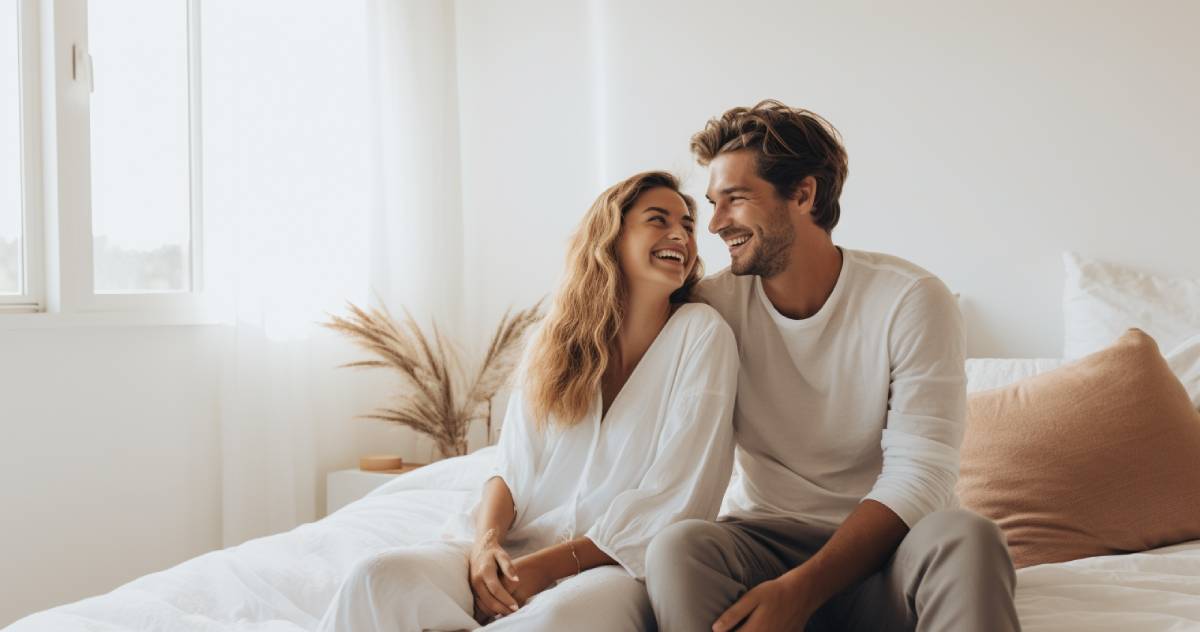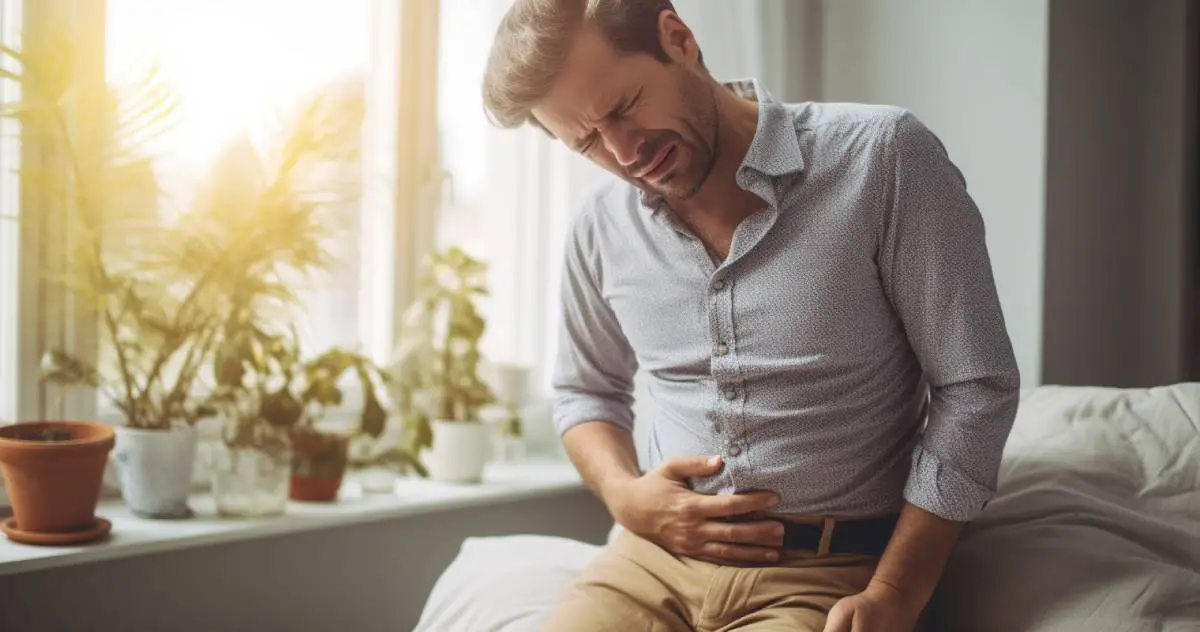Losing hair as a woman is one of the scariest things that can happen. Since hair is a strong trace that is involved with female identity and self-esteem, problems involving the loss of hair are a concern for women in both developed and developing countries. The use of acupuncture for female pattern baldness is shown to be both effective and cost-efficient in comparison with other modalities of treatment. You can have similar benefits with the use of acupressure with the protocol described below.
Female pattern baldness, like male pattern baldness, is caused by hormonal changes involving androgen hormones and is more likely to occur at maturity. Genetic heritage, as well as menopause, contribute to the occurrence of female pattern baldness as well. There are other conditions that cause hair loss in women that are linked to other health conditions that we must rule out before starting a treatment for female pattern baldness.
Other factors that may cause you to lose hair are iron deficiency, the intake of estrogen contraceptives, and thyroid disease, among the main ones. The hair starts to fall due to a shrinking of the hair follicle that remains alive, allowing the possibility of growing new hair over time, though this requires the appropriate treatment. According to an article published on the Harvard Health website, the most common treatment for female pattern baldness is a medication called minoxidil, a drug that was initially elaborated for the treatment of high blood pressure.
Hair Loss In TCM
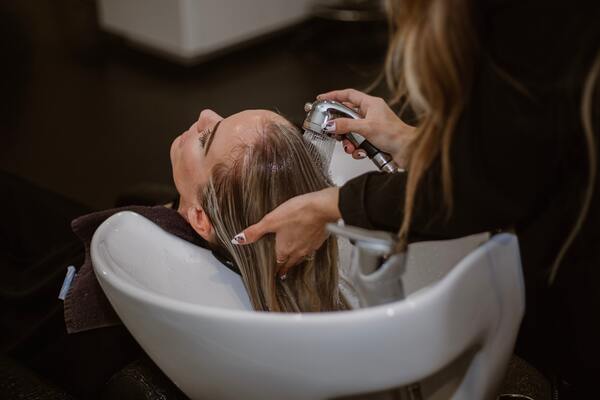
In traditional Chinese medicine, the hair is considered an extension of Liver Blood and the Essence, or Jing, that is stored in the Kidneys and is expressed in the hair as well. This hair loss that comes with aging is diagnosed as loss of Jing in Chinese medicine. There are two main types of Jing, prenatal and acquired Jing.
People lose hair as they age because from fetal development, the body is initially occupied with its vital systems, and as the body decays, it casts off less vital components in order to reserve the Essence for vital organs such as the Brain and Heart.
The therapeutic principle behind the treatment of acupuncture for female pattern baldness, as well as acupuncture for male pattern baldness, is the same: to stimulate de nutrition of the Kidney’s reservoir of Jing as well as stimulate blood circulation in the scalp. This can be done by stimulating the acupuncture points that nourish the Kidneys, the Liver and the Spleen and improve the quality of blood.
How Can I Stimulate My Hair Follicles For Hair Growth?
You can stimulate your hair follicles by doing a scalp massage every day. Research based on surveys of self-assessed androgenic alopecia cases in people who did standardized scalp massages for around 20 minutes daily for around seven months showed that scalp massage was efficient in hair-loss stabilization and regrowth.
According to another study carried out in Japan, scalp massage stimulates vasodilation and blood circulation in the scalp by stretching the cells of hair follicles. This increases hair thickness as well.
Acupuncture for female pattern baldness and acupuncture for hair thinning are the TCM treatment option to stimulate hair growth. The insertion of needles in the scalp exerts the function of stimulating the function of specific acupoints, as well as blood flow, and plum blossom acupuncture is used to cause local erythema in order to stimulate blood flow and tissue regeneration. There are some acupressure points for hair growth that help as well.
You can see this example of the results of acupuncture for female pattern baldness in this Tweet, this picture was taken after several weeks of treatment.
Acupressure Points For Female Pattern Baldness
Aging and hormonal changes cause the hair to become thinner and fall. TCM attributes these changes to a loss of Essence, the same Essence that determines fertility and one’s baseline vitality. The stimulation of acupuncture points intervenes in the body’s metabolism and homeostasis and modifies the course of Qi, directing it to the specific direction we wish it to go.
As much as in acupuncture for alopecia areata, the therapeutic principle in acupressure for female pattern baldness is to promote blood circulation in the scalp in order to nourish the hair follicles and stimulate hair growth. The acupoints you’ll find below also help to nourish the blood that passes through the scalp, as well as the hair cells.
This treatment is aimed at the improvement in the quantity of hair, and also its qualities such as strength and thickness. These acupoints have other benefits as well. By applying these protocols for several months, you’ll notice an improvement in your cognitive function, metabolism, and overall health.
Acupoint: GV-23 (Other Names: The Governing Vessel-23/Shang Xing/Upper Star)

Locate GV-23 Shangxing 1 cun behind your natural hairline on the midline of the head.
This acupoint is very strategic in acupressure for female pattern baldness due to its location. Traditionally, GV-23 is utilized in the treatment of many different syndromes in TCM, from nasal blockage to sinusitis, to eye pain and vertigo as well as psychological disorders. This is one of the acupressure points for eye infection as well.
This is a powerful acupoint that will stimulate the front part of your scalp where you want the hair to be abundant and strong. With the tips of your fingers, massage the area by gently rubbing it for three to five minutes.
Acupoint: GB-12 (Other Names: Gallbladder-12/Wan Gu/Mastoid Process)
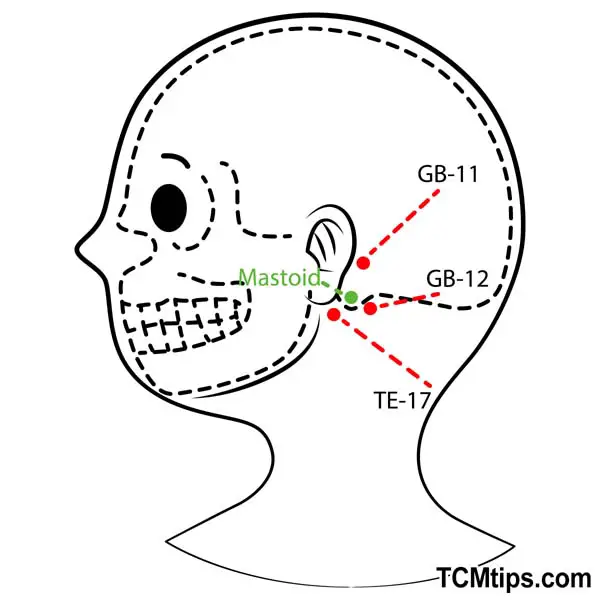
Find the acupoint GB-12 by placing a finger on the prominence of the mastoid process and sliding it posteriorly into the depression just posterior and inferior to it. It’s among the pressure points in the neck.
This is a meeting point o the Gall Bladder and Bladder Channels and is an important acupoint that benefits the entire head, including the scalp. You can stimulate GB-12 using both your thumbs to make a firm pressure with intermittent breaks in a 3/3 seconds ratio.
Acupoint: SP-10 (Other Names: Spleen-10/Xue Hai/Sea of Blood)


With the knee flexed, SP-10 is located 2 cun proximal and slightly medial to the medial superior border of the patella.
The name of this acupoint can be translated as “sea of blood”. It’s a place where a large amount of blood and blood flow gathers and is said to be a pressure point for improving blood-related diseases. SP-10 is one of the acupressure points for knee osteoarthritis. It is said that this point can treat any Blood disorder. In Chinese medicine, hair is the result of excess blood, and if there is not enough blood, nourishment will reach the hair.
To stimulate Xuehai sit on a chair and press it on both sides using your thumbs with firm pressure in a ratio of 5/3 seconds. Do it for three to five minutes.
Acupoint: GV-15 (Other Names: The Governing Vessel-15/Ya Men/Mutism Gate)
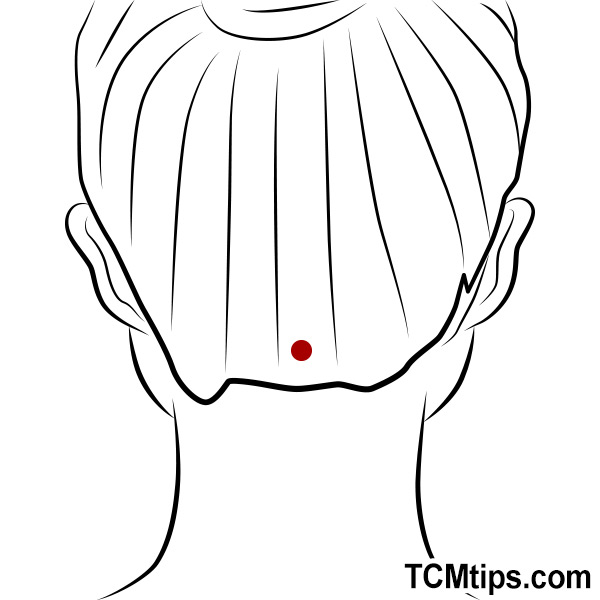
GV-15 is located between the spinous processes of the first and second cervical vertebrae.
GV-15 can be expected to have the effect of promoting blood circulation in the head and neck, relaxing the tension of the scalp, and growing healthy hair. This is the “Sea of Qi” acupoint that greatly stimulates the flow of Qi.
Pressure GV-15 deeply with your fingers applying a gentle swing for about two minutes.
 P. Sze
P. Sze 